CENTRAL WEST RIDING OF YORKSHIRE
AT THE OPENING OF XXth CENTURY
Contemporary Biographies
I bought this book quite a few years ago, even though it was in a rather sad state. I seem to recall that it was on a stall at the York Family History Fair – I can’t remember how much the asking price was; however, I do remember parting with £5 after some bargaining. The front and back covers were, and still are, separate from the rest of the book; the spine is damaged, and the front fly cover is also loose. Saying all that, there is only one loose section – one piece of paper folded in two with the names – The Right Hon. the Earl of Scarborough; Mr Alexander Wentworth MacDonald Bosville, JP; The Most Rev. William Dalrymple Maclagan, PC., DD., DCL., and Sir John Austin, Bart., JP., pages 103, 103a, 104 and 104a. Considering the outside condition, the other pages are in very good shape.
It seemed such a shame to leave such a once handsome, large and heavy book to an unknown future. I knew it would come into use one day. The following are extractions with a Wakefield connection.
Bruce – Samuel Bruce LLB., JP., St John’s House, Wakefield: only son of the late Thomas Bruce, gent., of Wakefield: born at Leeds, July 10th, 1829: educated at the West Riding Proprietary School (now the Grammar School), Wakefield and University College, London. Barrister-at-Law; graduated 1851 and a member of Convocation; student of the Middle Temple (1851-55); called to the Bar, November, 1855; has practised in Wakefield; appointed Stamp Distributor in 1874, and is one of three only in the United Kingdom allowed to receive death duties; appointed a Justice of the Peace n the first grant of a Commission of the Peace for Wakefield, 1870; a Governor and Treasurer for the Crowther and other local charities; has long taken a prominent part in public affairs, especially in educational and political matters.
Fernandes – Charles Bathurst Luis Fernandes, JP., Wakefield; son of Joze Luis Fernandes, the elder, of Wakefield, and his wife, Catherine Mary, only daughter of George Hutchinson, of Whitton House, near Stockton-on-Tees, in the county of Durham, and of Wet Brunton, in the county of Northumberland; born at Porto Bello House, Wakefield, November 27th 1833; of Portuguese extraction, being descended, on the paternal side, from the Marquis de Tavora, the political opponent the Marquis de Pombal; educated at Christ’s Hospital, London, and Wakefield Grammar School. Admitted a Solicitor in 1857; is Solicitor to the Governors of the Wakefield Charities; Clerk to Normanton Urban District Council;Clerk to the Normanton and District Joint Hospital Committee; Clerk to the Trustees of Lady Hutchinson’s Charity, etc.,;acted as Solicitor in promoting a scheme for supplying Wakefield with water from the Penistone Hills, instead of the water which was then drawn from the River Calder; was also engaged as Solicitor either for or against nearly all the schemes propounded for supplying pure water to Wakefield, which culminated in the present supply from Rishworth Moors, takes a deep interest in agriculture and the breeding of horses, particularly thoroughbreds and draught horses; owner and breeder of Middlethorpe, Yorkshire Lad, and Chief Baron; owns and maintains the Sturton Stud Farm, near Gainsbro’; Lincolnshire. Married Francis Sarah, daughter of Thomas Bayldon, of Hollinghurst, near Wakefield, who was the proprietor of a large landed estate at Mowthorpe, in the East Riding of Yorkshire.
Kingswell – William Henry Kingswell, 95 Northgate, Wakefield; son of William Henry Kingswell, silk merchant; born at Wakefield, December 29th 1874; educated at Wakefield Grammar School. Articled with H Plews, of Wakefield; admitted 1899; was Managing Clerk with Messrs. Clements, Williams and Company, 11 King Street, E.C.; returned to Wakefield, 1901, and acquired the practices of Messrs. Brown, Wilkin and Scott, and Mander and Company; Steward of the Manor of Crigglestone, and of the Manor of Newland-cum-Woodhouse Moor.
Ottley – John Bickersteth Ottley – 1, Hatfield Street, Wakefield, eldest surviving son of the late Rev. Lawrence Ottley, Rector of Richmond and Canon of Ripon, Yorkshire, who was the eldest son of sir Richard Ottley, late Chief Justice of Ceylon; his mother was Elizabeth Bickersteth,, was daughter of the late Rev. John Bickeresteth, of Sapcote, Leicestershire, and sister of the late Bishop Bickersteth, of Ripon, and Dean of Bickersteth, of Lichfield, and niece of the late Lord Langdale; born at Acton, Suffolk, February 5th 1845; educated at St Peter’s School, York, and afterwards a Foundation scholar at Charterhouse, London; in 1864 he obtained an pen Exhibition at Trinity Hall, and afterwards an open Scholarship at Emmanuel College, Cambridge; graduated Second class in the Classical Tripos in 1868; articled to the late Mr Octavius Leefe, of London; admitted solicitor, Trinity term, 1871; succeeded, in 1874, to the practice of the late Mr Charles Oriel (also an old Carthusian); appointed, after the passing of the Bancruptcy Act, 1883, Official Receiver in Bankruptcy at Wakefield, the Bancruptcy district of Barnsley County Court being added to his jurisdiction in 1895, on the death of the late Mr Clegg, of Sheffield. Married August, 1896, Margaret Wray, of Newmillerdam, near Wakefield, and had two children living.
Beverley – Christopher Beverley, JP., West Royd, Farsley, near Leeds; son of the late Christopher Lodge Farsley, of Wakefield; born at Wakefield, November 22nd 1847; educated locally. Justice of the Peace for the city of Bradford; head of the firm of C Beverley and Company, commission wool combers, Albion Works, Bradford, Chairman of Beverley Bros., Ltd., Eagle Brewery, Wakefield. Married Evangeline, daughter of the late Israel Roberts, of Westfield, Stanningley Club: Bradford and County Conservative.
Fawcett, Joshua Swallow, JP., Ashleigh, Ossett; son of Frederick Fawcett, of Horbury; born at Thornes, near Wakefield, March 28th 1842; educated at local school, Leeds and Dewsbury. Extract wool, merino, and mungo manufacturer, and oil extractor, Caldervale Mills, Healey, Ossett; started business in 1872, in partnership with Messrs. Firth and Jessop; formed company, 1898, as Fawcett and Firth Ltd.; is Chairman of the Company; was member of Ossett Borough, 1893. Married Mary, daughter of the late Jeremiah Fisher of Horbury.
Rhodes, William, Fern Bank, St John’s North, Wakefield; son of the late Joseph Rhodes; born at Wakefield in 1844; educated at local schools in Wakefield, and at Almondbury, near Huddersfield. Engineer and ironfounder; proprietor of the Grove Iron Works, Wakefield which were established in 1824, by his father, whom he joined on leaving school; for the last nine years member of Wakefield Corporation, formerly member of the Board of Guardians; Chairman and Vice-President of Wakefield Liberal Club; Chairman of the Engineering Employers’ Federation (Wakefield Association); Governor of Wakefield Charities; member of the Society of Freemasons, Sincerity Lodge, No. 1019, Wakefield.
note – ironfounder is one word in the book.
Wade, Henry, Redville, St John’s North, Wakefield; son of the late Walter Wade, of Wakefield; born at Stanley, June 17th 1866. Cloth manufacture; entered his father’s business, 1881; became partner, 1895; in 1897 the business was turned into a private company, of which Mr Wade is one of the Managing Directors; a Governor of Clayton Hospital; a member of the Council of Mechanics Institute, Wakefield; Treasurer of Wakefield Cricket Club. Married Emma, daughter of John Northcote, of Newton Abbott, Devon.
Ward, Joseph, Bottomboat House, Ossett, Yorks; son of the late Samuel Ward; born at Ossett, in; educated locally. Mungo manufacturer at Bottomboat Mill; started business in 1854; for the past forty years has been interested and associated with all Ossett improvements and advances; served on the old Board of Surveyors, then on its successor, the Local Board, and finally a member of the Corporation; Mayor, 1898, member of the Finance Committee; was Chairman of Gas-works Company, now Corporation property.
Married Elizabeth, daughter of the late James Benson, of Liverpool.
Childe, Henry Slade, Homegarth, Wakefield and Holbeck Hill, Scarboro’; son of Joshua Childe; born April 4th, 1861, at Eccleshill, near Bradford; educated at Wakefield Grammar School. Member of the firm of Messrs. Childe and Rowand, mining engineers, 59, Westgate, Wakefield and Barnsley Union Banking Company Ltd., and of the Yorkshire Railway Waggon Company Ltd.; returning as a member of Wakefield City Council, representing St John’s Ward, in 1898; Mayor of Wakefield, 1901-02; a Freemason. Past Provincial Grand Registrar in West Yorkshire Freemasonry, and Vice-Chairman of the Charity Commission of that Province. Married in 1890, Kate, only daughter of Henry France, of Thornes. Clubs; St Stephen’s. Leeds and Wakefield.
Note- Rowand – spelling as in the book. It could be Messrs. Childe and Rowland, mining engineers. Reasons- Childe history pages and one of Childe’s children using the middle name Rowland.
Like this:
Like Loading...
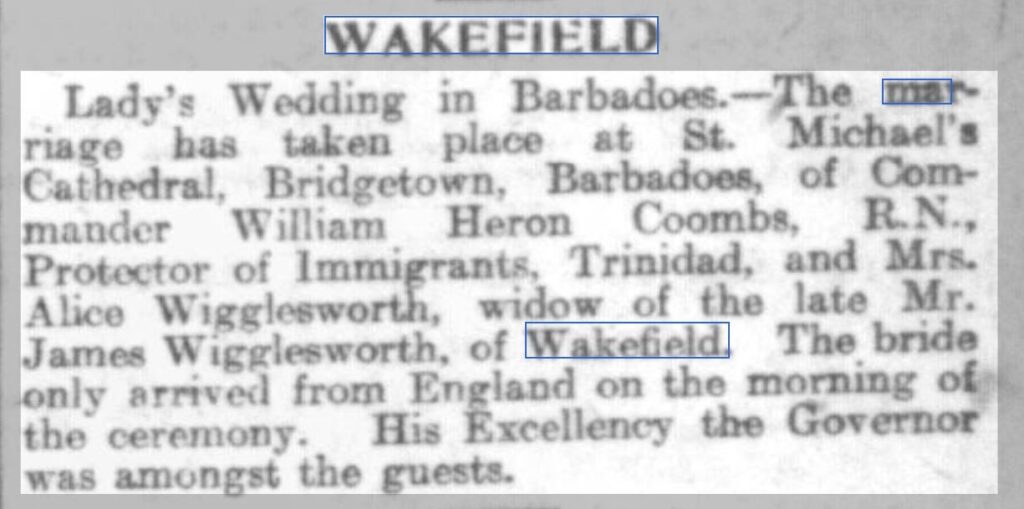

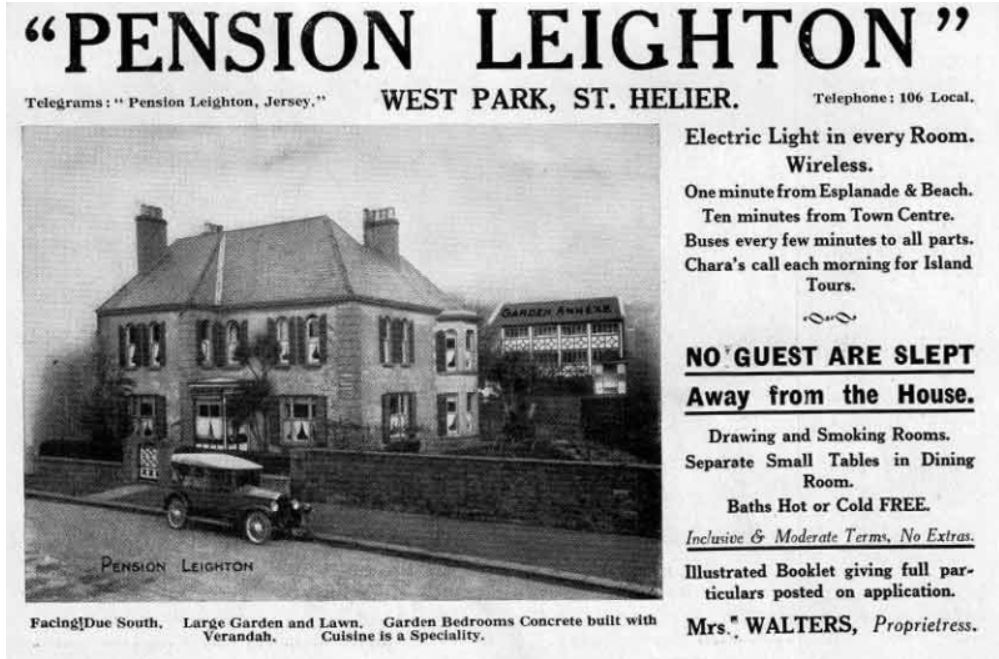
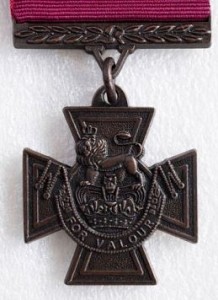
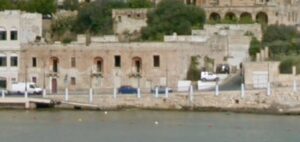
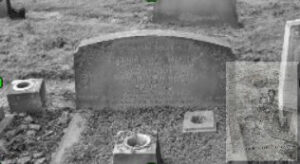
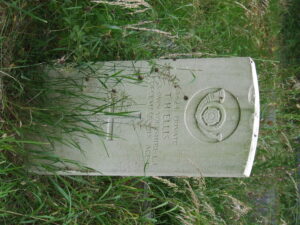
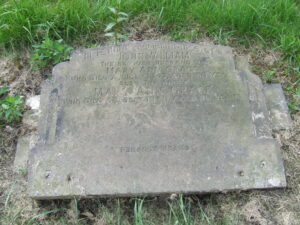
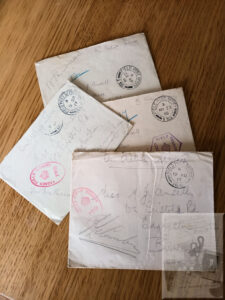
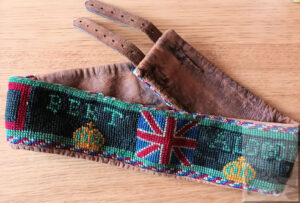
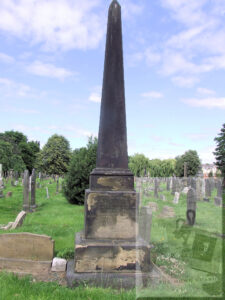 James was a Solicitor and Town Clerk of the Borough of Wakefield who died on the 22nd of April 1867, according to his headstone. The headstone is three rather solid squares of stone set on a solid base with a splendid four-cornered spire. It looks quite impressive as most of the headstones around are of a more standard size and shape.
James was a Solicitor and Town Clerk of the Borough of Wakefield who died on the 22nd of April 1867, according to his headstone. The headstone is three rather solid squares of stone set on a solid base with a splendid four-cornered spire. It looks quite impressive as most of the headstones around are of a more standard size and shape.